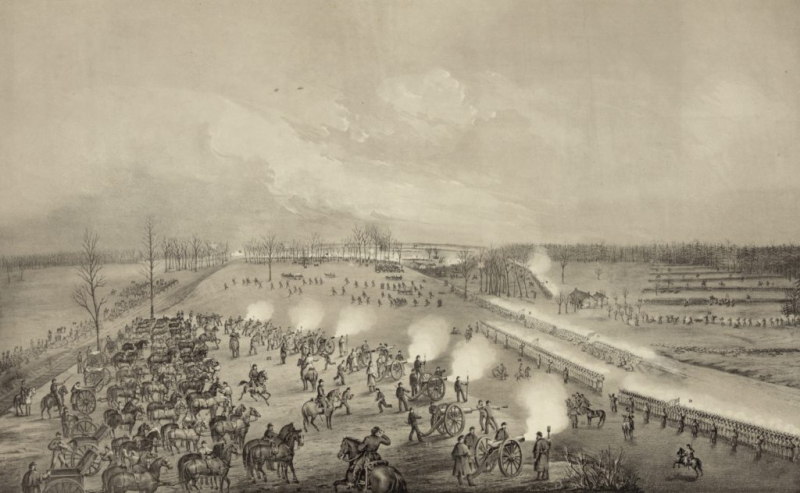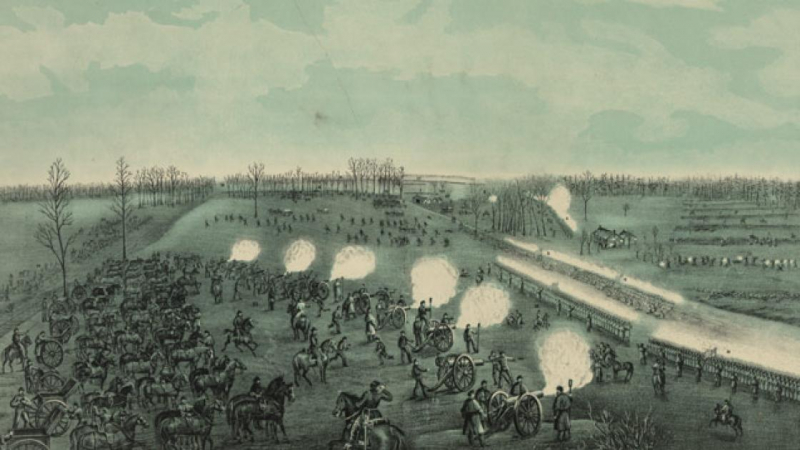Throughout the engagement, the Confederates were hampered by a series of ambiguous and erroneous reports
One of the most interesting facts about the battle of Stones River is that throughout the engagement, the Confederates were hampered by a series of ambiguous and erroneous reports. False information exacerbated Bragg's combat plan's flaws. On the 31st, Breckinridge relayed word that a considerable Federal force was assembling for an attack on the Stones River's eastern flank. This was false, and Breckinridge would have been discredited if he had done proper reconnaissance. Late in the morning, this information was proven incorrect, and Bragg directed Breckinridge to join the main line on the western side of the river. However, before Breckinridge could redeploy, a messenger came with word that another Union column was marching east of the river. Breckinridge was delayed once more while this report was investigated and deemed invalid.
The first day's onslaught was reduced by misleading information, notwithstanding its severity. Bragg's decision to establish a headquarters remote from the battlefield led to tactical disarray. Following the combat on December 31, Confederate cavalry stationed in the Union rear reported that Rosecrans' army was ready to retire. Bragg was all too eager to believe this news, and he confidently restrained a new assault while waiting to seize control of an uncontested field. Instead, Rosecrans remained in place and gathered further forces. In the face of this unprecedented concentration, Bragg's position became untenable.








